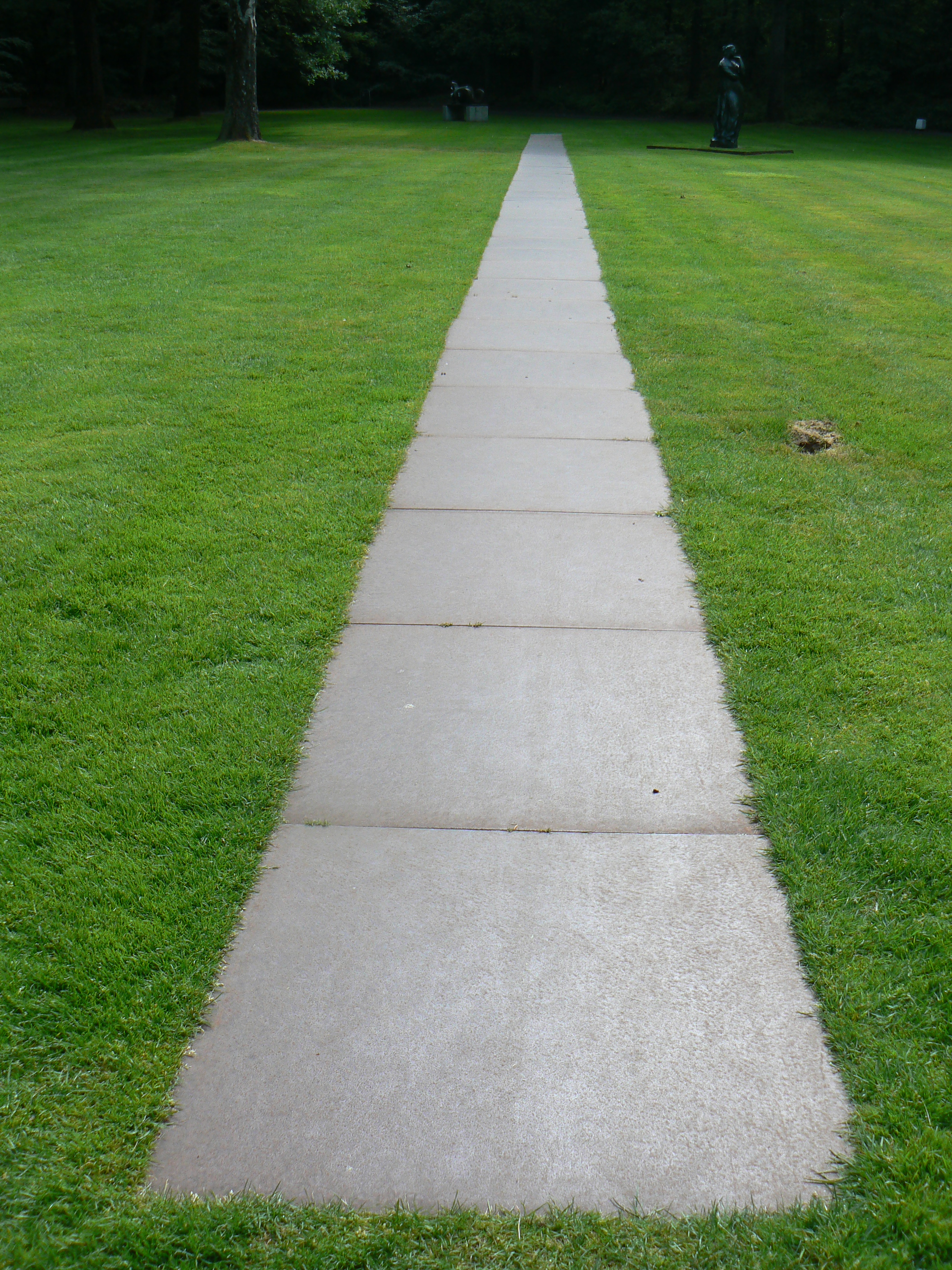It is futile for an artist to try to create an environment because you have an environment around you all the time. Any living organism has an environment.

"Carl Andre" is an United States/American minimalism/minimalist artist recognized for his ordered linear format and grid format sculptures. His sculptures range from large public artworks (such as Stone Field Sculpture, 1977 in Hartford, CT and Lament for the Children, 1976 in Long Island City, NY) to more intimate tile patterns arranged on the floor of an exhibition space (such as 144 Lead Square, 1969 or Twenty-fifth Steel Cardinal, 1974). In 1988, Andre was tried and acquitted in the death of his wife, artist Ana Mendieta.
More Carl Andre on Wikipedia.Every time you work, you have to do it all over again, to rid yourself of this dross. I suppose for a person who is not an artist or not attempting art, it is not dross, because it is the common exchange of everyday life.
A place is an area within an environment that has been altered in such a way to make the general environment more conspicuous.
The Aesthetics of Repetition II.
I find that my greatest difficulty and the really most painful and difficult part of my work is draining and ridding my mind of that burden of meanings which I've absorbed through the culture-things that seem to have something to do with art but don't have anything to do with art at all.
That's another way, perhaps, of an art poverty; one has to impoverish one's mind.
My art springs from my desire to have things in the world which would otherwise never be there.
Matter as matter rather than matter as symbol is a conscious political position, essentially Marxist.
I have been subject to politics as long as I've been alive, thirty-five years, starting with the New Deal, going into the Second World War, the Cold War, Korea, the whole thing. So, I've been affected by it and hence since I've made my art, my art must reflect my political experience.
Copyright © 2024 Electric Goat Media. All Rights Reserved.